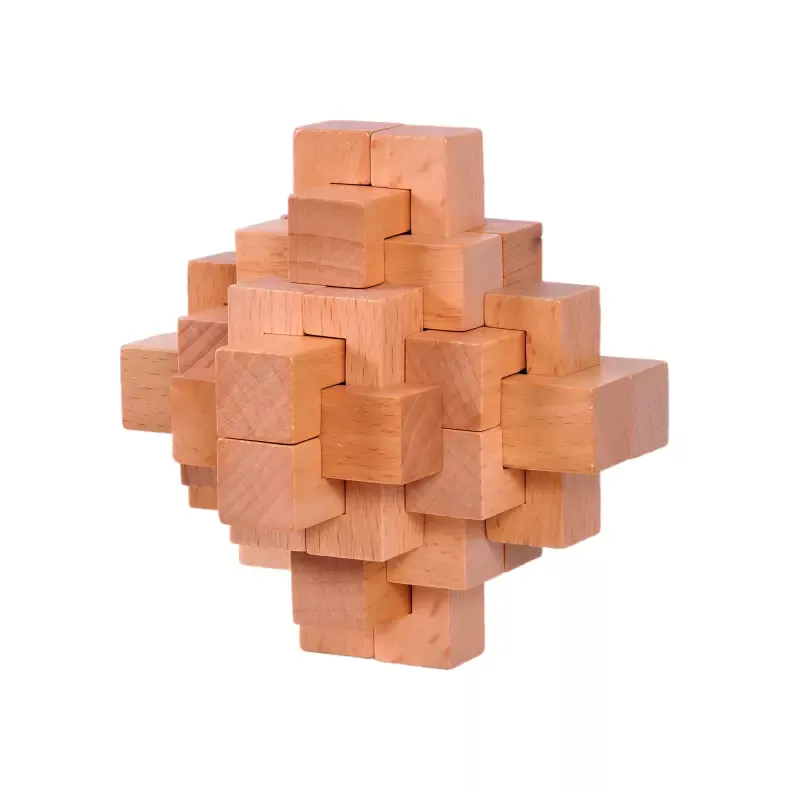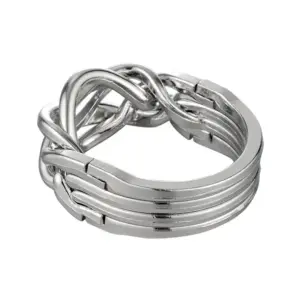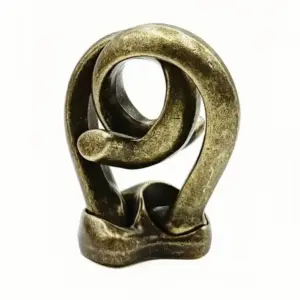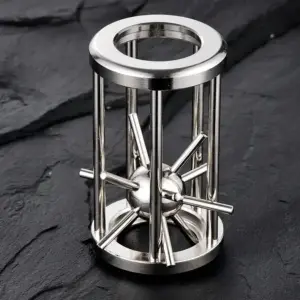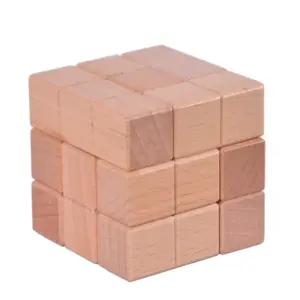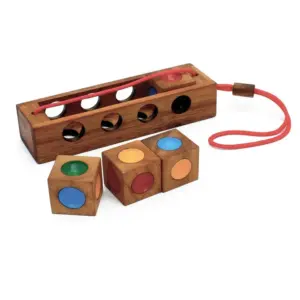Hello, curious minds and patient puzzlers! Have you ever held a beautifully crafted wooden object that seems to defy logic, where solid pieces interlock without a single nail or drop of glue? If so, you’ve likely encountered the legendary Luban Lock, a cornerstone of ancient Chinese wisdom and a fantastic brain teaser that’s as educational as it is entertaining. Today, we’re going to dive into one of its most popular and challenging forms: the 24 Lock puzzle
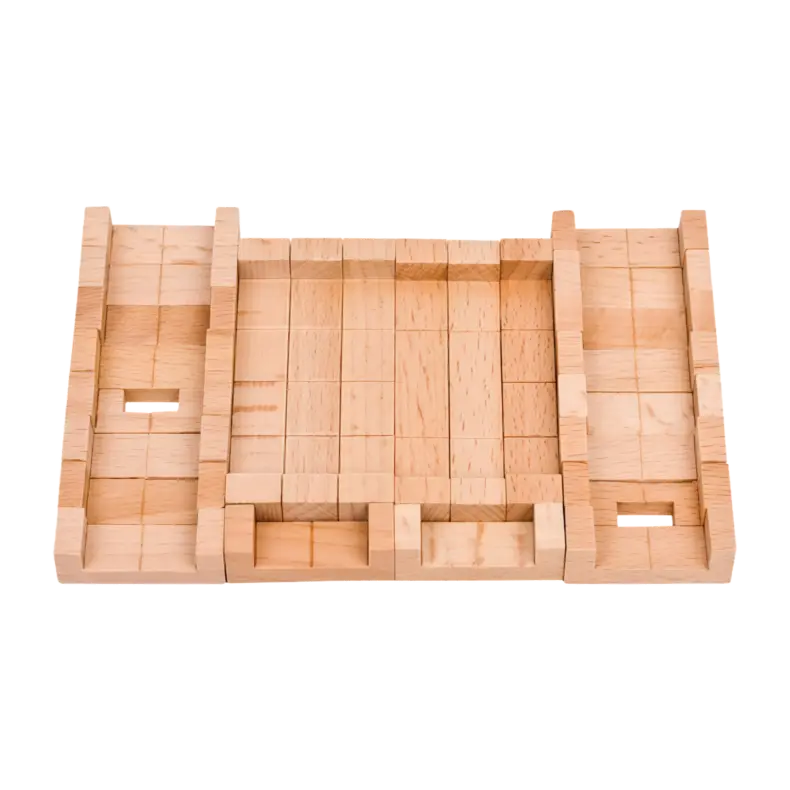
A Little History: More Than Just a Toy
Before we get our hands on the pieces, let’s appreciate the story behind them. The Luban Lock is named after Lu Ban, a revered Chinese master carpenter and inventor from the Spring and Autumn period (around 507–444 BC). Legend has it that he created this puzzle to teach his son about the principles of mortise-and-tenon joinery—a sophisticated woodworking technique that’s been the backbone of traditional Chinese architecture for millennia .
Sometimes, you might also hear it called the Kongming Lock, named after Zhuge Liang (courtesy name Kongming), the brilliant strategist of the Three Kingdoms era. This dual naming speaks to the puzzle’s deep cultural roots and its reputation as a tool for sharpening the intellect .
24 Lock Puzzle
- Exquisite Mental Challenge: Features 24 precision-cut wooden pieces in this premium brain teaser that tests logic and dexterity—an immersive, hands-on experience providing hours of rewarding entertainment for all skill levels.
- Philosophy in Your Hands: More than a puzzle, it’s a lesson in ancient strategy where gentle finesse overcomes rigid obstacles through the “wordless teaching” of patient discovery and intuitive understanding.
In essence, the Luban Lock isn’t just a game; it’s a miniature model of architectural genius, designed to challenge your spatial reasoning, patience, and problem-solving skills. It’s no wonder these puzzles are celebrated as STEM educational tools for both children and adults .
Meet the 24 Lock puzzle Challenge
Among the many variations of the Luban Lock, the 24 Lock puzzle version stands out as a perfect balance between complexity and solvability. It’s intricate enough to provide a real challenge, yet its solution follows a satisfyingly logical sequence.
The puzzle is comprised of three distinct types of wooden pieces:
- 8 Long pieces
- 12 Medium pieces
- 4 Short pieces
Your mission, should you choose to accept it, is to take these 24 loose pieces and weave them together into a single, solid, and seemingly impossible cube.
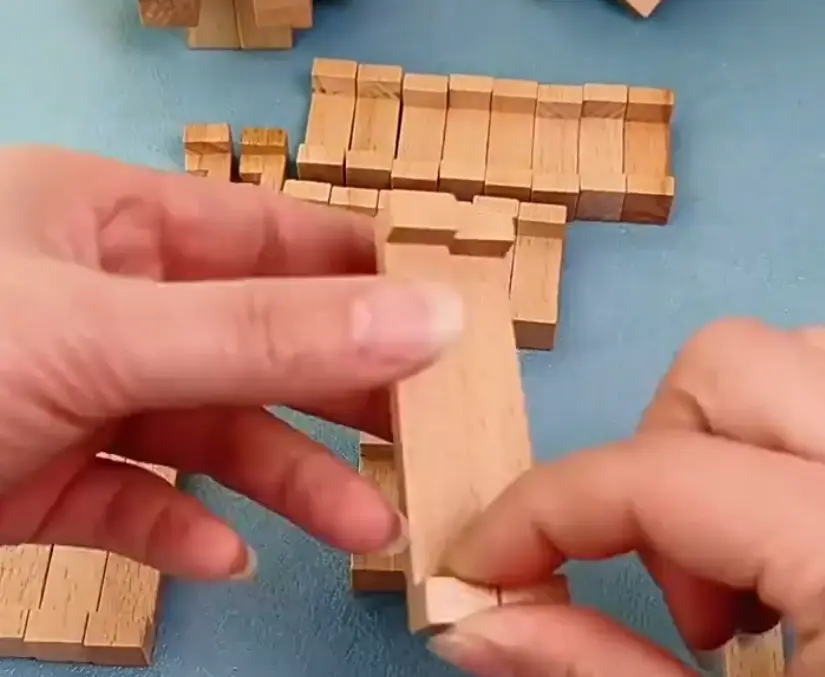
Your Step-by-Step Guide to Victory (and a Few Chuckles)
Now, let’s get to the fun part! Solving the 24 Lock puzzle is a journey, not a race. Don’t be discouraged if your first (or fifth!) attempt ends in a pile of wood on your desk. That’s all part of the process. Here’s a patient, step-by-step guide to help you through.
Phase 1: Building the Foundation
Think of this like laying the cornerstone of a building.
- Start with the Shorts: Take two of your four short pieces and lay them parallel to each other on your table.
- Add the Longs: Now, take two of your long pieces and place them perpendicularly across the short ones, right at the ends. You should now have a simple “井” (well) shape.
- Lock it Down: Take your remaining two short pieces and slot them vertically into the center of your “well,” one from the top and one from the bottom. They should click into place, holding the long pieces firmly.
- The First Lock: Finally, use two of your medium pieces to lock the sides. Slide one in from the left and one from the right. Congratulations! You’ve just built a stable, three-dimensional core.
Phase 2: Constructing the Heart of the Puzzle
Now, we build upwards and inwards.
- The Central Cross: Flip your core over. Take two long pieces and thread them through the central opening from front to back.
- Double it Up: Take two more long pieces and thread them through the same opening, but align them so they sit neatly alongside the first two. You’ll now have a dense bundle of four long pieces running through the center.
- Tidy Up: Gently lift the structure and nudge the long pieces so they are all flush and aligned. This is your puzzle’s strong backbone.
Phase 3: The Art of Locking (Where Patience is Key)
This is where the real magic—and the real test of your patience—begins. The key to the entire puzzle is a special “key piece,” which is one of the short pieces with a unique notch.
- Side by Side: Hold your structure in your hands. Use a medium piece to lock one open side, then flip it over and lock the other side.
- The Grand Reveal: Here’s the trick! Gently push one of the long pieces on the top layer downwards. This will create a small gap.
- Insert the Key: Take your special notched short piece (the key) and slide it into this gap.
- The Final Click: Now, release the long piece you were holding down. It will spring back up, locking the key piece securely in place. You’ll feel a very satisfying “click” of success!
Phase 4: The Grand Finale
Repeat the locking process on the remaining open sides. Each time, you’ll push a long piece down, insert a medium piece or the final key, and then let the long piece snap back into place. Before you know it, all 24 pieces will be locked together in a perfect, solid cube.
Why Bother? The Beautiful Benefits
Solving a Luban Lock is more than just a way to pass the time. It’s a full-brain workout. You’re engaging your spatial visualization, fine motor skills, logical reasoning, and, most importantly, your perseverance. In a world of instant digital gratification, there’s something profoundly rewarding about holding a physical problem in your hands and working through it, piece by piece, until you achieve a tangible victory.
So, the next time you see a Luban Lock, don’t just see a wooden cube. See a 2,500-year-old lesson in engineering, a test of your wits, and a beautiful piece of history waiting for you to unlock its secrets. Give it a try—you might just surprise yourself!


